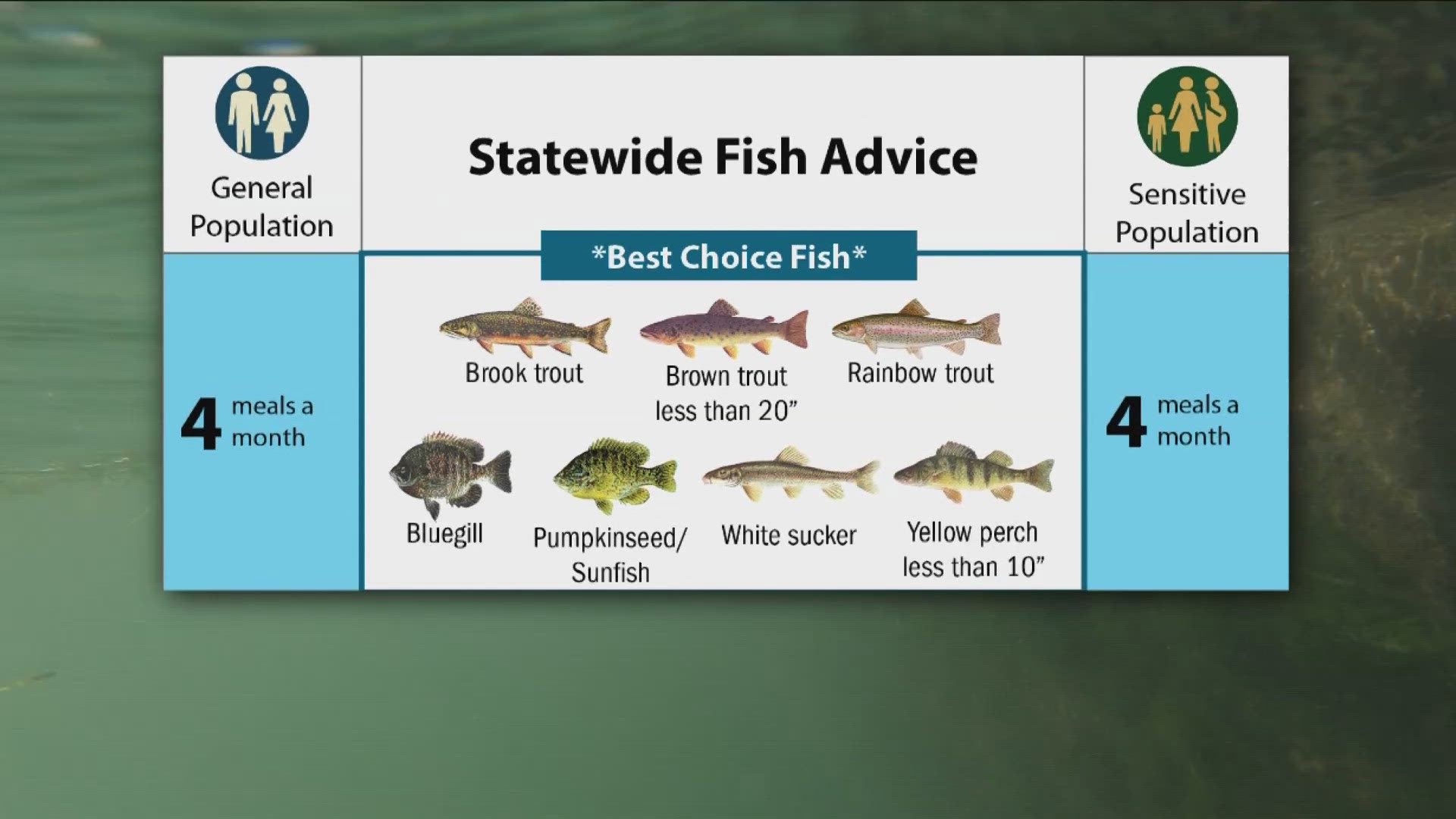ERIE COUNTY, N.Y. — National crews are coming to Erie County to survey and find sea lampreys.
A U.S. Fish and Wildlife Service (FWS) crew will survey the estimated number of sea lampreys and lamprey larvae in Cattaraugus Creek. The project is set to start on August 13 and continues through August 22. Crews will use the estimate to find out the need to control the parasitic fish.
Sometimes called the “vampire fish,” sea lampreys first came to the Great Lakes in 1920. They attach to fish with their suction cup mouth and create a hole through the fish scale and skin to feed on blood and other body fluids. According to FWS, one average sea lamprey during its parasitic phase can destroy up to 40 lbs. of fish.
Sea lampreys lay eggs in gravel nests and drift to the silty bottom areas of the water where they burrow and live for years. Larvae hatch from these eggs and can drift out of streams and settle in offshore areas near stream mouths. If not destroyed, the larvae can grow into parasitic adult fish and kill other fish.
According to FWS, biologists and technicians survey sea lamprey larvae in Great Lakes streams every year. FWS says most surveys are conducted through electrofishing but sometimes use a U.S. Environmental Protection Agency and Health Canada Pest Management Regulatory Agency-approved lampricide. The Bayluscide 3.2% Granular Sea Lamprey Larvicide is sprayed and causes larval sea lampreys to swim to the surface where they are collected.
Based on a 2003 study, the U.S. Environmental Protection Agency and Health Canada Pest Management Regulatory Agency state that the larvicide does not pose an unreasonable risk to the people and the environment.
The Great Lakes Fishery Commission recently conducted studies to determine the effect of lampricides on humans and the environment. The Commission is currently developing strategies of alternative sea lamprey control that does not use chemicals, said the FWS.

